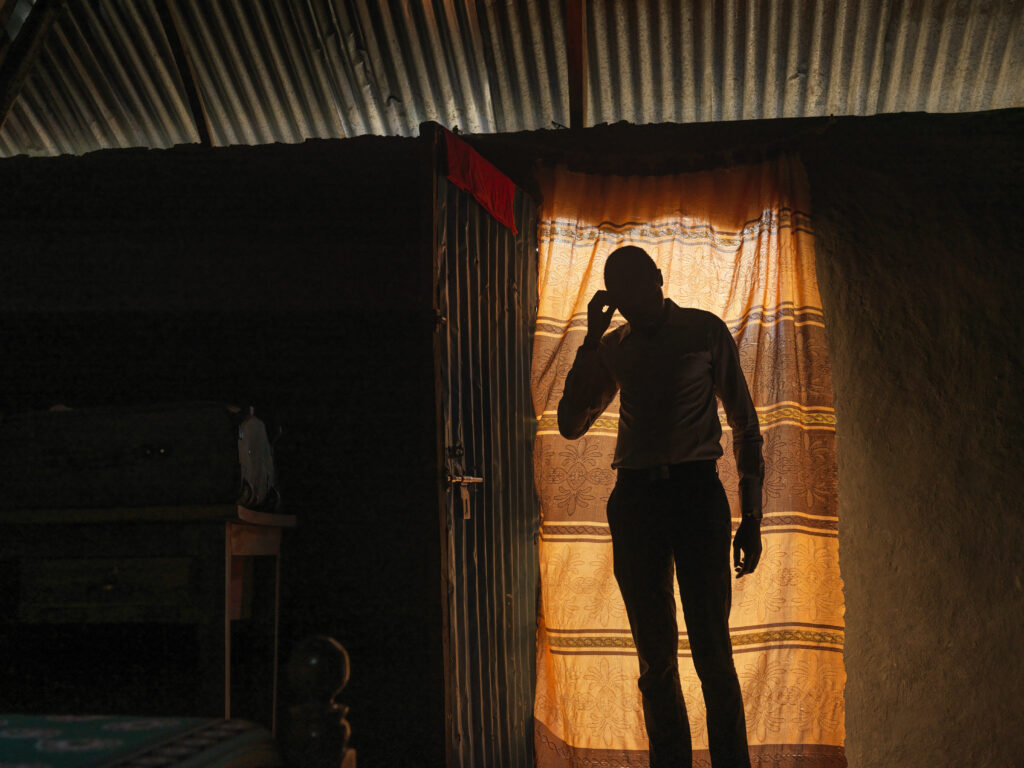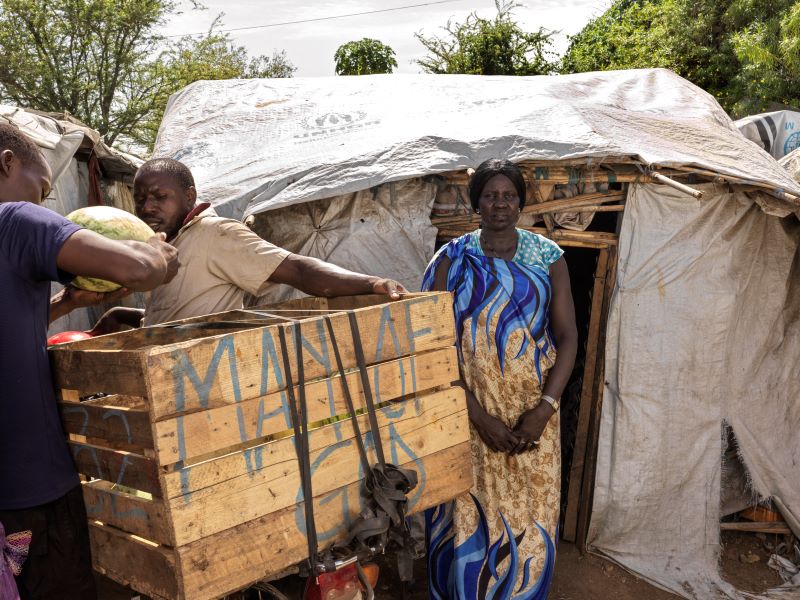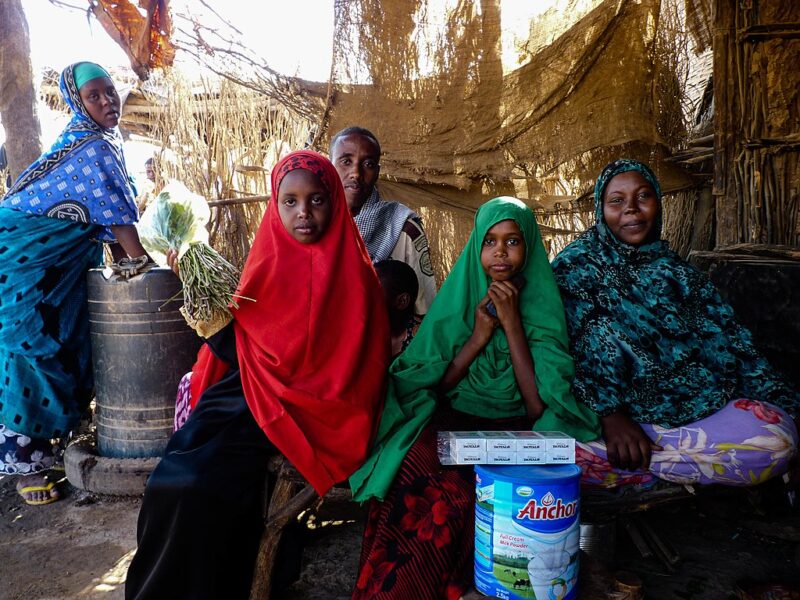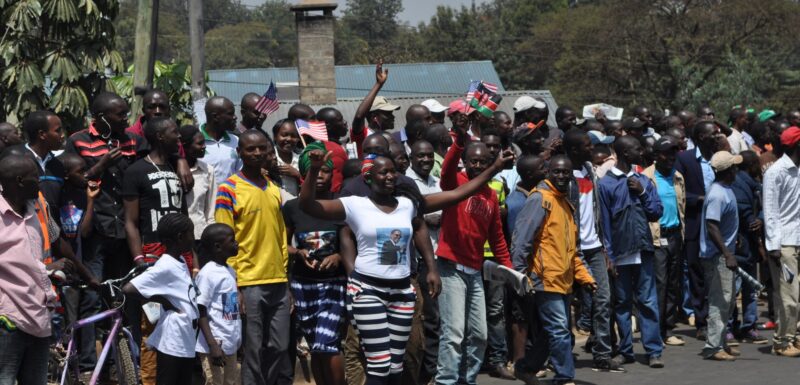Migration and Displacement in the Horn of Africa
Mother and daughter head to church on Easter Sunday in Juba, South Sudan | Peter Caton
Mobility has been a feature of life in the Horn of Africa for centuries. People have raised animals as part of their livelihoods, moving across the region, for much of recorded history. They’ve criss-crossed borders for business, to maintain relationships and to seek opportunities.
To understand the role of mobility in people’s lives in the Horn of Africa, and in the development of the region, we need to look at a large array of factors that interact in complex ways: there are no easy answers.
These are some of the most consistent findings about mobility, migration and displacement in the Horn of Africa from seven years of collaborative research and over 60 research publications by the Research and Evidence Facility.
What we know about migration and displacement in the Horn of Africa
Mobility is part of the fabric of life in the Horn of Africa, like other places in the world.
It’s only problematic when it’s forced, when people move under unsafe conditions or when the opportunities people move in oder to access don’t materialise.
Mobility often enhances people’s livelihoods.
Regional mobility underpins the livelihoods of millions of people across the Horn of Africa.
For some pastoralists, this mobility is a way of life that predates borders in the region. Wage labourers move in search of opportunities in neighbouring countries.
Those with more resources, skills or training may also need to move, in order to find the best environment to expand businesses or establish new ones.


Mobility is an essential part of the development process.
Yet it’s often treated as problematic, an aberration from the norm, and something to be discouraged, if not stopped altogether.
We champion a ‘mobility-friendly’ approach that is attuned to how people in the region interact with mobility and their motivations for either moving or staying in place.
Even where displacement has resulted from violence and conflict, people show resilience.
Their ability to seek solutions is often influenced by factors outside their control. Yet through inclusive policies and innovative programmes, local, regional and national governments are in a position to provide effective support.
The REF has made a lasting impact on how we see migration and displacement in the Horn of Africa, and what it means for development. Our research has put mobility on the agenda in discussions of key issues affecting the region, like national development planning, conflict, jobs and livelihoods and climate change.
Explore our findings
About the REF and its funders
In 2016, a group of researchers from SOAS University of London, The University of Manchester and Sahan Research came together to try a new approach.
They were responding to a call from the European Union Emergency Trust Fund for Africa (EUTF) for stability and addressing root causes of irregular migration and displaced persons in Africa.
Established in 2015, the EUTF aims to tackle instability and address the underlying factors driving irregular migration and displacement in Africa. As part of this initiative, the Research and Evidence Facility (REF) is an innovative tool to gather and generate evidence and knowledge to feed into operational and policy practice.
Once formed, the REF team set out to explore what motivated people in the region to move, their experiences of movement, and how understanding the causes, dynamics and implications of movement could improve development policy and programming. Most importantly, they were determined to include researchers from the region at every stage of the project.



